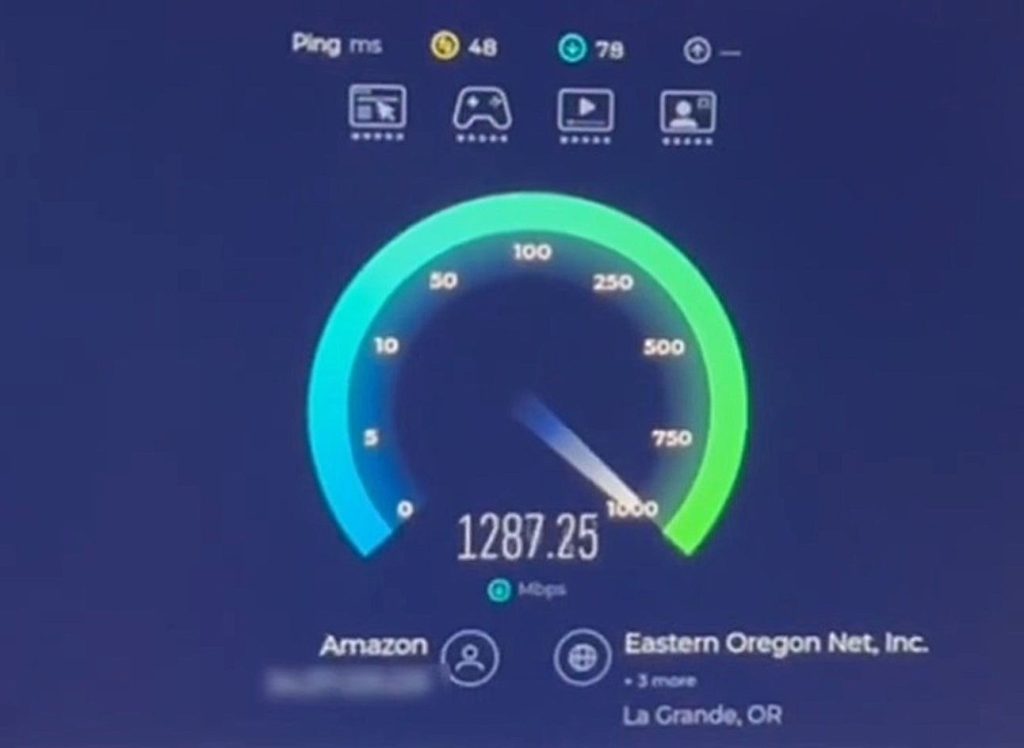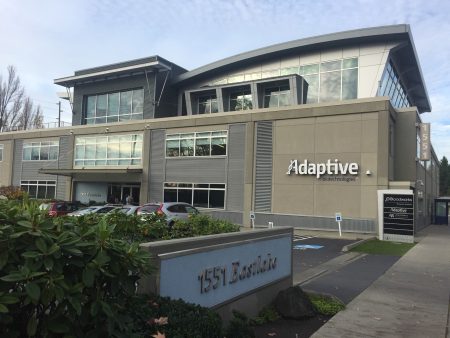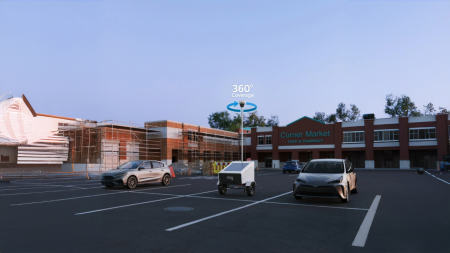Amazon’s Project Kuiper Achieves Breakthrough Satellite Internet Speeds
In a significant milestone for the future of global connectivity, Amazon’s Project Kuiper has demonstrated remarkable data transmission capabilities that could reshape how we think about satellite internet. Recent tests have shown the system achieving downlink speeds exceeding 1.2 gigabits per second (Gbps), positioning Amazon as a serious contender in the rapidly evolving space-based internet market. This achievement represents not just a technical victory for Amazon but signals a new chapter in bringing high-speed connectivity to underserved regions worldwide.
The breakthrough was revealed through a video shared on social media by Amazon executives, showcasing a speed test that confirmed these impressive transmission rates. Panos Panay, Amazon’s Senior Vice President for Devices and Services, expressed enthusiasm about the results, noting that the test utilized Amazon’s enterprise-grade customer terminal connecting to satellites orbiting at their designated altitude of 630 kilometers (390 miles) above Earth. Adding to the significance of this achievement, Rajeev Badyal, Amazon’s Vice President of Technology for Project Kuiper, claimed this represents the first commercially phased array antenna to deliver speeds exceeding 1 Gbps from low Earth orbit. Intriguingly, Badyal also hinted at equally exciting uplink capabilities that would be revealed at a later date, suggesting that Project Kuiper’s two-way communication potential may be even more revolutionary than currently demonstrated.
Amazon’s constellation currently consists of 102 satellites in orbit, with plans to launch an additional 27 satellites as early as this month. The company’s ambitious roadmap aims to deploy half of its planned 3,232-satellite constellation within the next year, though industry observers note this timeline may face adjustments. Despite potential schedule shifts, Amazon remains committed to beginning satellite broadband service delivery to customers before the end of this year, though specific details regarding pricing and availability remain under wraps. This methodical deployment reflects Amazon’s strategic approach to building a robust network before full-scale commercial launch, prioritizing reliability over speed-to-market.
The satellite broadband landscape is currently dominated by SpaceX’s Starlink, which boasts an impressive constellation of more than 8,000 satellites and serves over 6 million subscribers globally. While Starlink currently delivers speeds in the hundreds of megabits per second, SpaceX has announced plans to offer gigabit service in select coverage areas next year at premium pricing. Amazon’s demonstration of gigabit-plus speeds suggests Project Kuiper may enter the market with capabilities that immediately rival or potentially exceed Starlink’s current offerings, setting the stage for healthy competition that could benefit consumers through improved service and potentially lower prices. This competitive dynamic between tech giants promises to accelerate innovation in the satellite internet sector.
It’s worth noting that laboratory test conditions often differ significantly from real-world performance. Network congestion can substantially impact actual download speeds once a service has numerous active users, and the enterprise-grade terminal used in Amazon’s demonstration will likely outperform the consumer-grade equipment that will be available to most customers. Additionally, the current test was conducted with a minimal constellation in place; performance characteristics may evolve as the network grows to its full deployment. These considerations highlight the importance of managing expectations about initial service quality while recognizing the technology’s tremendous potential.
The implications of Amazon’s achievement extend far beyond corporate competition. Reliable high-speed internet delivered from space represents a potential solution to the persistent digital divide that leaves billions of people worldwide with limited or no internet access. For rural communities, developing nations, disaster-affected regions, and remote operations like research stations or maritime vessels, Project Kuiper could provide transformative connectivity. As Amazon works toward commercial launch, the true measure of success will be not just technical performance but accessibility, affordability, and reliability for users across diverse geographical and economic circumstances. If successful, Project Kuiper could help democratize internet access on a global scale, creating new economic opportunities and educational possibilities for previously disconnected populations.














